Lola Montés / Sins of Lola Montés, The (1955)
“Wanting to make a name for herself, Lola understood that keeping a good reputation was out of the question. Rumors, scandals, passion – that’s what she chose in order to create a sensation.”
|
Synopsis: |
|
Genres, Themes, Actors, and Directors:
Response to Peary s Review: Drawing from his lengthier analysis of the film in his Cult Movies book, Peary goes on to write that:
Peary adds, “[Lola] refuses to protect herself from heartache because she believes in living and loving with intensity. Time is Lola’s emotional domain. She is, in fact, a product of her past — her memories are bittersweet at best, but they remain an integral part of her (she remembers every affair.)” Peary notes, however, that while “Ophüls’s last film is a rich, beautifully designed, scored, and photographed work,” there “are lapses in the script and problems with some characters.” He concedes that “Carol is exciting at rare moments, as in the scene when Lola seduces Liszt”: … “but mostly she is bland and unable to project the inner beauty that men sense immediately in Lola.” He points out that the film was “photographed by Christian Matras, whose camera constantly moves to emphasize the shifts and uncertainties in Lola’s life.” In his Cult Movies essay, Peary concludes by writing, “I don’t agree with the high assessment given the film by [Andrew] Sarris and others, but Lola Montes does reveal Ophüls’s genius with the camera and for set design, and gives insight into his unique vision of women” — which “are reasons enough for it to be seen several times.” I concur. Notable Performances, Qualities, and Moments: Must See? Categories
(Listed in 1001 Movies You Must See Before You Die) Links: |
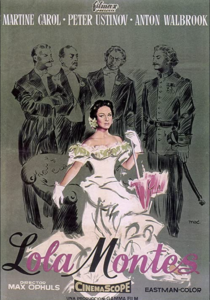
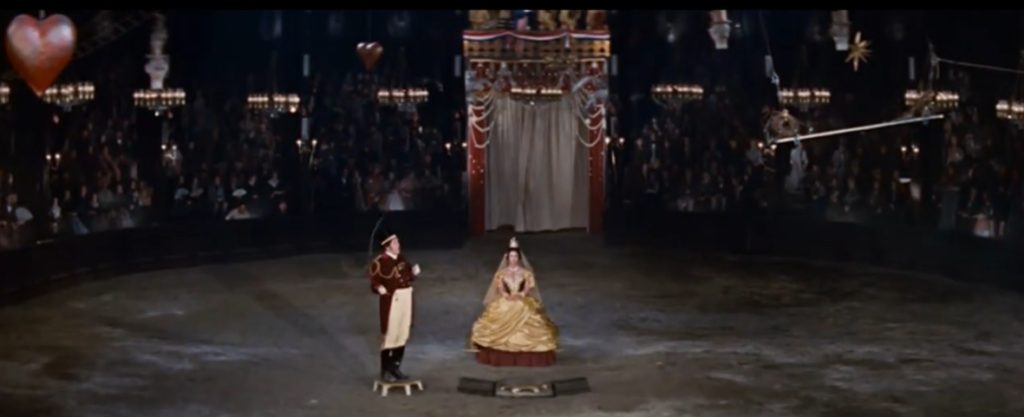
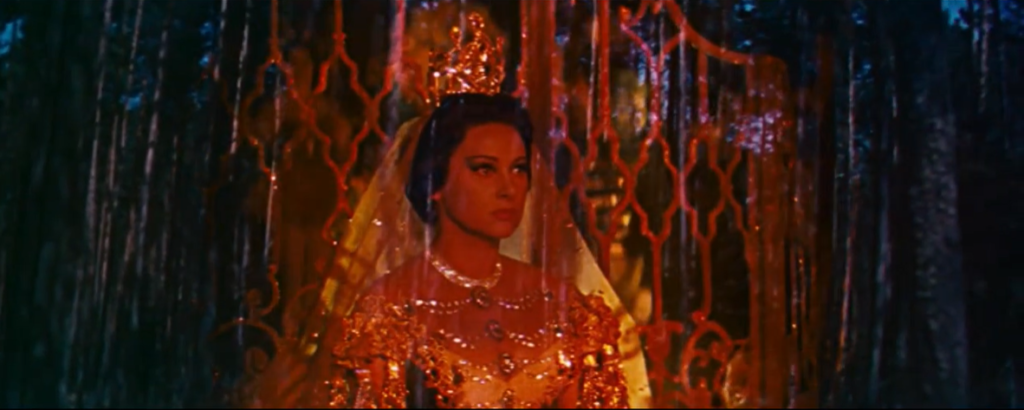
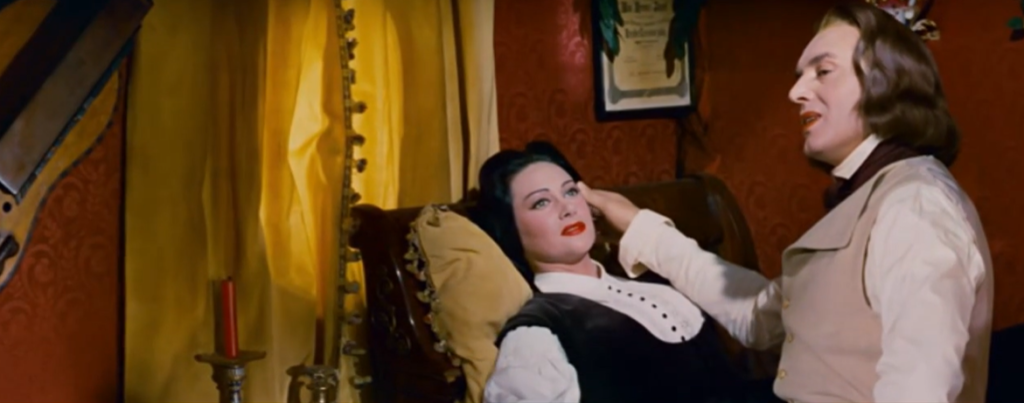
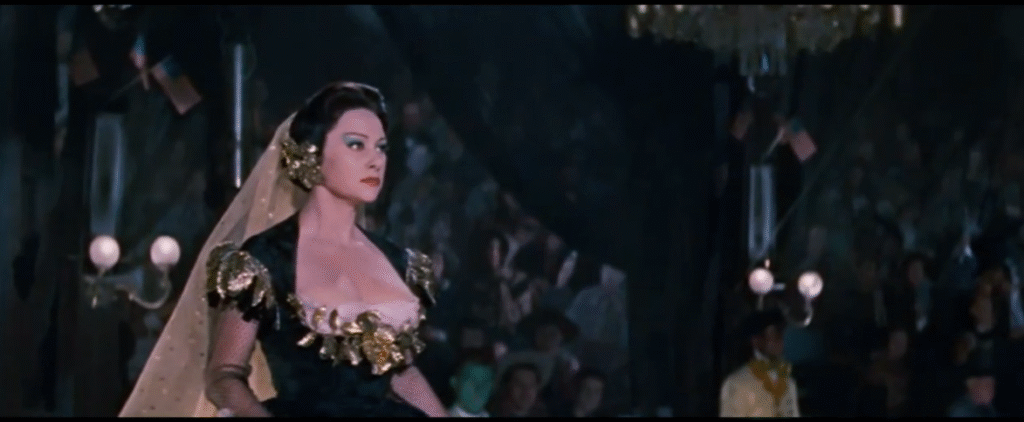

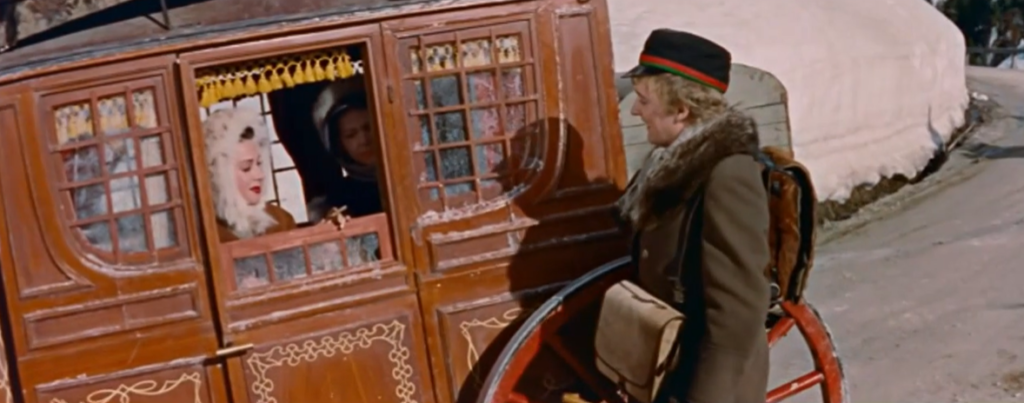
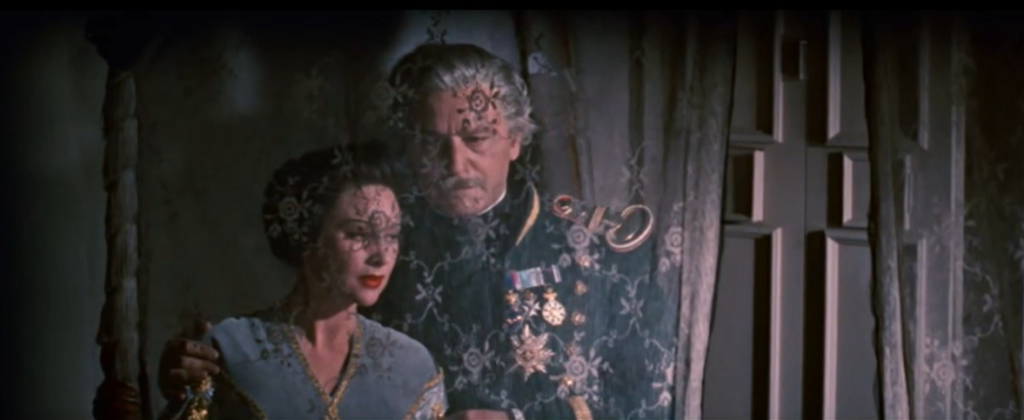
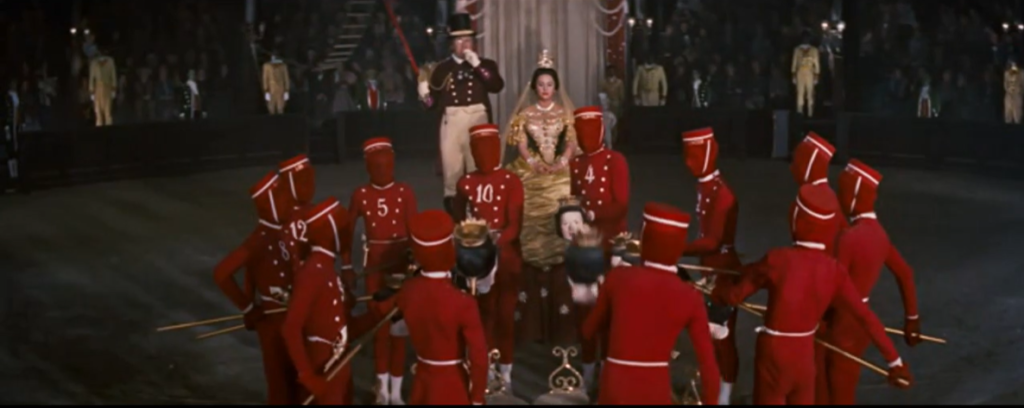
One thought on “Lola Montés / Sins of Lola Montés, The (1955)”
Agreed; must-see, as a satisfying masterwork. As per my 12/8/14 post in ‘The ’40s-’50s in Film’ (fb):
“One day he asks her if she dares pose for him…all in pink …She dares!”
‘Lola Montes’ (1955): When I think of what it must have cost to make this film. I think we’re talking big, big bucks! And then to think it was not well-received on release. Yikes!
The Criterion release tells us that, after the film flopped initially, the producers, um, butchered it basically, in an attempt to make it more pleasing for audiences (~when there was nothing wrong with it in the first place!). The attempt was futile and the film existed for years in various truncated versions. As years passed, supporters of the film tried to put it back together in its original version. They succeeded somewhat in the late ’60s. (I had seen it once, years ago, in a butchered form; so I thought little of the film at the time.) But it wasn’t until 2008 (!) that the film was restored to the director’s original vision.
Criterion has it now in a stunning (to say the least) blu-ray and it’s highly recommended. How to best describe it? It’s as if Fellini, Minnelli and Sirk got together in one directorial body – to blend some surreal elements with design and directorial abilities, and then heighten and refine those same abilities. The result is an often-staggering visual extravaganza that can very nearly overwhelm by its sumptuousness and orchestration. Yet it doesn’t – since the story line is simple: the tale of a ‘fallen woman’, based on the ‘scandalous’ life of courtesan/dancer Lola Montez.
The main cast members are exemplary: Martine Carol, Peter Ustinov, Anton Walbrook and Oskar Werner. In a way, the plot (which is really an international travelogue of Lola’s exploits) is secondary to director Max Ophuls’ storytelling techniques – which are endless and endlessly satisfying. (This was his last film.)